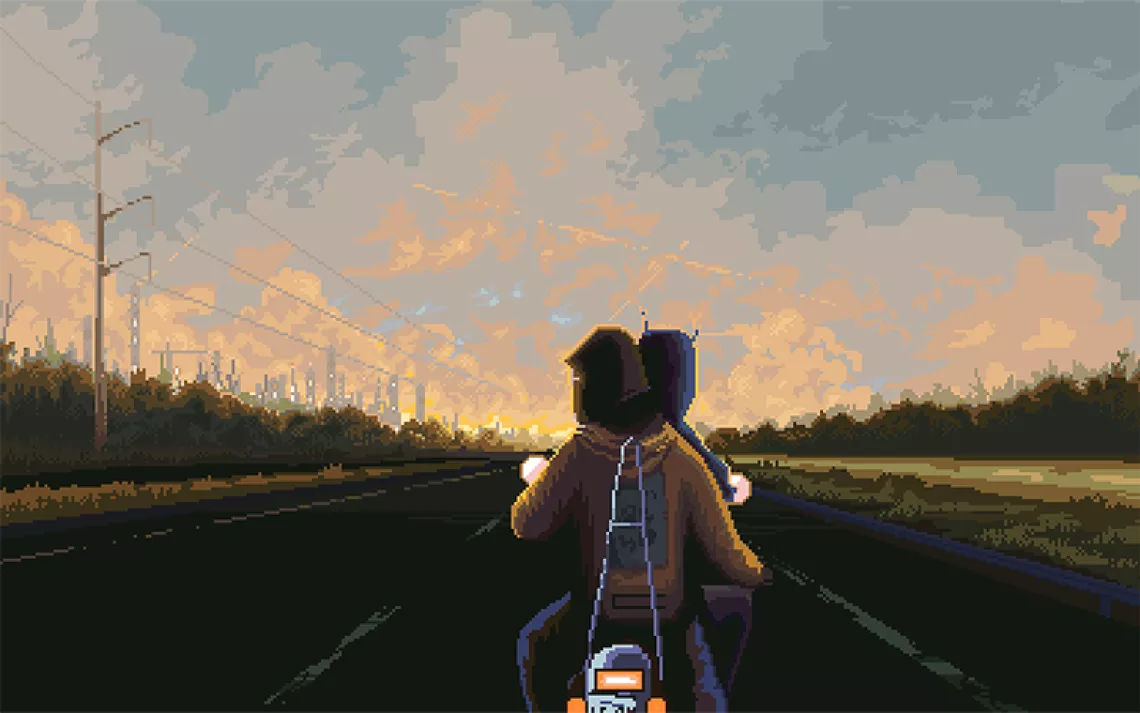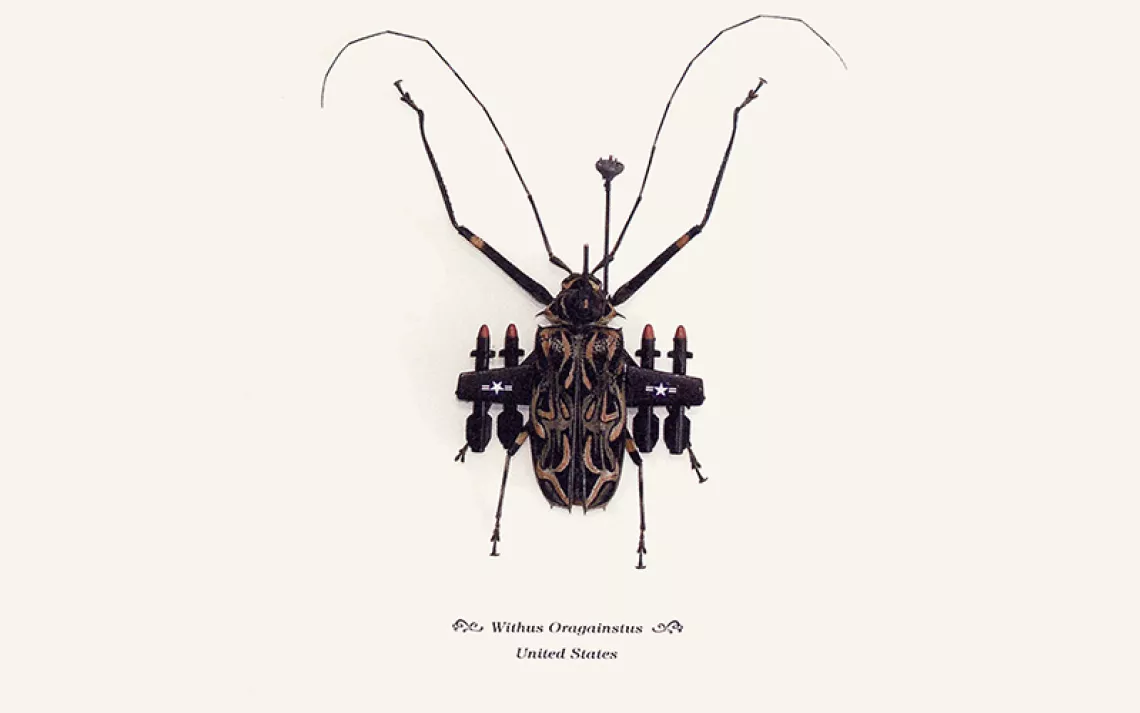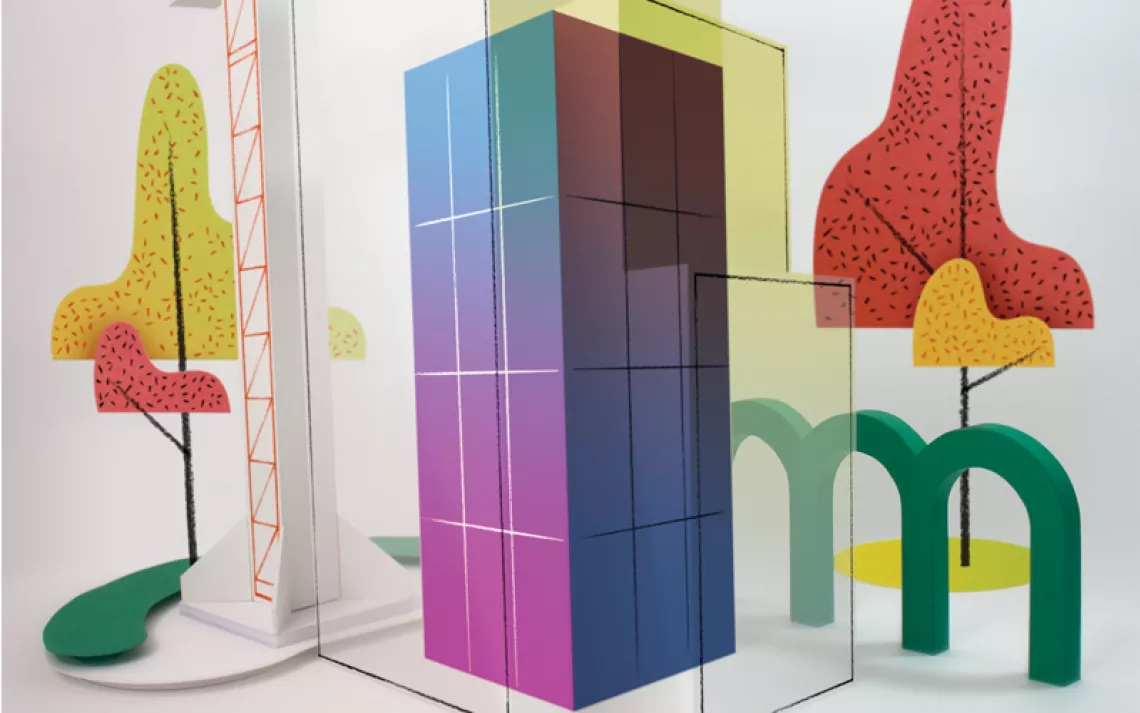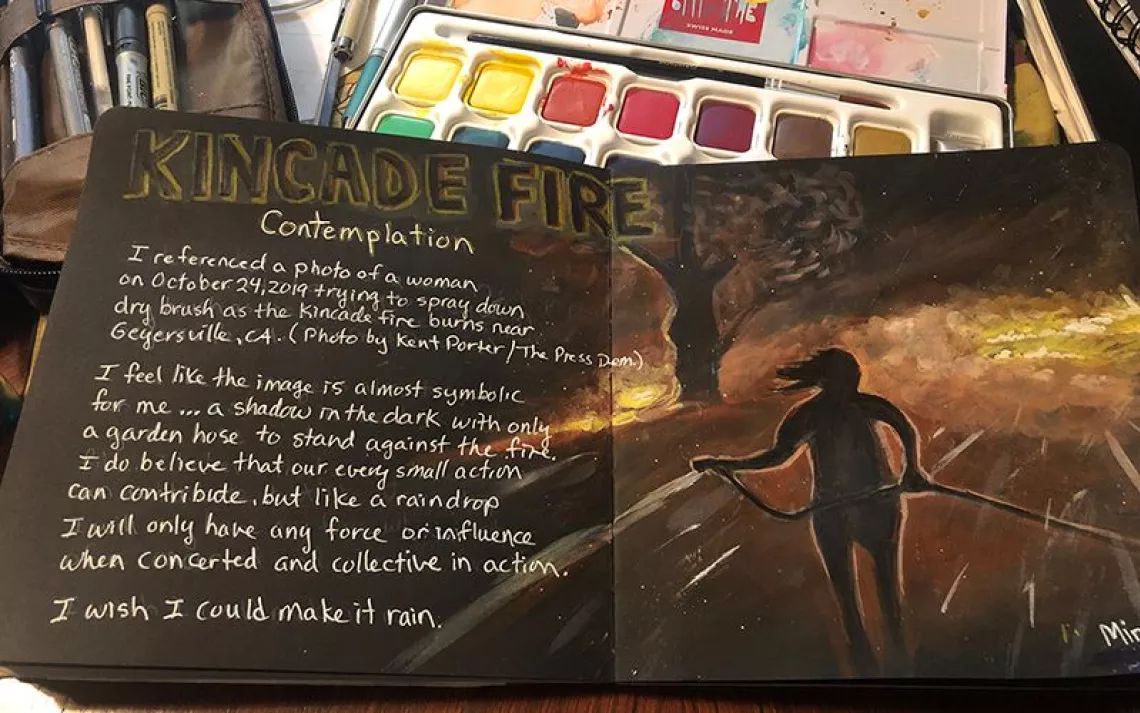Doug Leen: Ranger of the Lost Art
This former dentist has salvaged scores of antique national park posters
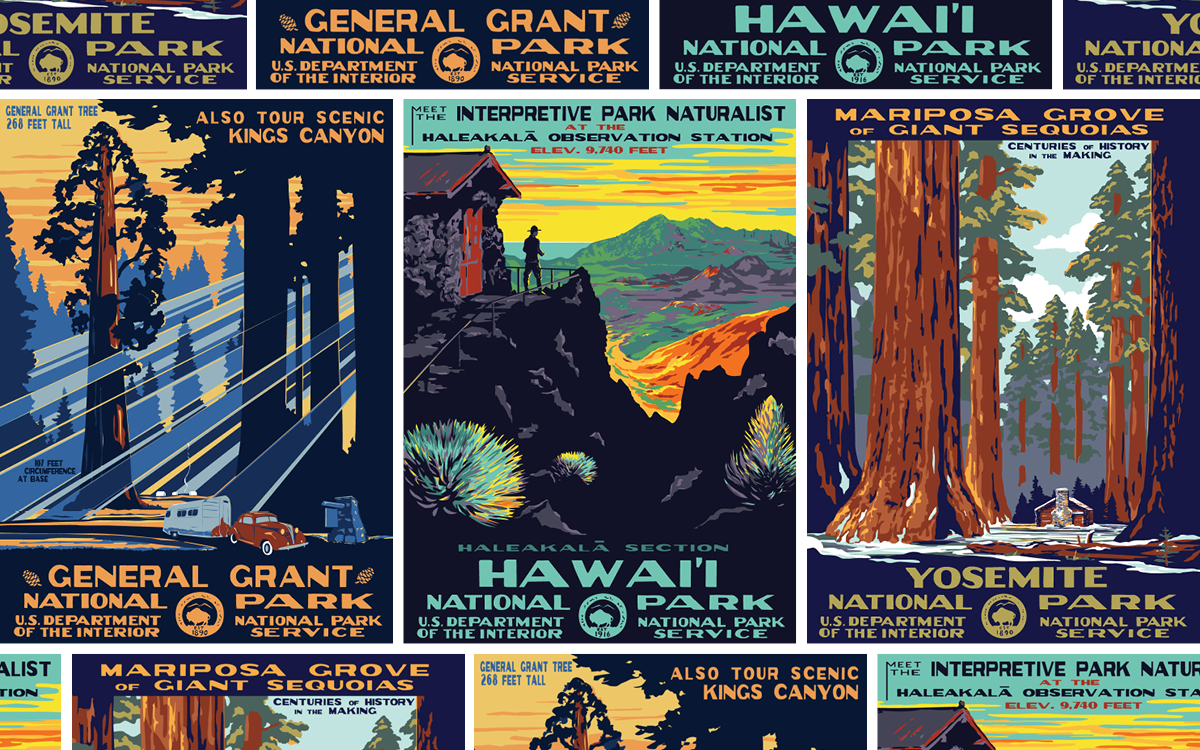
Doug Leen isn't sure when he first laid eyes on the poster—the fall of 1970 or '71. Maybe even '72. He thinks it was hanging in an old barn that he was cleaning out while working as a seasonal ranger in Grand Teton National Park.
Dusty and water stained, the poster displayed a vista of the park's Cascade Canyon with the words "Meet the Ranger Naturalist at Jenny Lake Museum" scrawled across the top. Other than its stamp of a US government seal, the silk-screen print gave away little about its origin.
"I saved it from the burn pile and hung it up in my home," Leen said. "Every time I walked by, it would kind of talk to me. It would say, 'There's a story here. You've got to figure it out.'"
In 1976, Leen left the National Park Service and enrolled in dentistry school. He opened his first office in Seattle's Pike Place Market. For the next two decades, the poster hung in his home, and during his many travels, it hung in the back of his mind.
In the early 1990s, Leen had an epiphany. Surely, Grand Teton wasn't the only public land that had received this artistic treatment. He began making calls and eventually found the number for Tom DuRant, the National Park Service archivist at the time. In the morning on the day Leen called, it turned out, DuRant had found negatives revealing 13 national park posters that had been created by the Works Progress Administration, a Depression-era jobs program established by President Franklin Delano Roosevelt. From the mid-1930s to the early 1940s, thousands of artists were hired to create posters for the government on topics ranging from art and education to health and safety.
Among the park-poster images DuRant had found was Leen's poster. "It was the holy grail I'd been looking for," Leen said.
The other posters depicted iconic sites like the Grand Canyon, Yosemite, and Mount Rainier. It's likely, Leen thinks, that each national park was given a hundred or so posters to advertise park services. Few of the prints seemed to have survived.
"They were intended to get people out of their houses and into the parks, but they were only meant to have a life span of a few months, maybe a few years," Leen explained.
He decided to make it his duty to find as many of the originals as possible. For his mission, he adopted a new moniker: Doug Leen, Ranger of the Lost Art.

In 2001, Leen moved to Alaska, eventually settling on a homestead in a town with a population of just 23 people. He acquired, gutted, and renovated an 1899 tugboat and during the next decade traversed hundreds of miles of Alaska coastline along the Inside Passage. In remote villages along the way, he practiced dentistry—cleaning teeth and filling cavities.
But Leen never lost sight of his quest to find the posters. He's visited national parks to dig through forgotten drawers, looked in nearby antique stores, and enlisted countless others to help him with the search. The biggest windfalls have been five Mount Rainier posters discovered by a former park ranger outside Seattle and six pristine prints of other parks found in an attic in Santa Cruz, California. Leen once got an email from an art collector who'd come across two different originals in a Los Angeles antique store. Upon Leen's urging, the collector returned to the store and found seven more. Over the years, Leen has located a total of 42 posters. Of the 13 images, the only two missing are Great Smoky Mountains and Wind Cave National Parks. He's donated the originals to the National Park Service, the Library of Congress, and the US Department of the Interior Museum.
By the late 1990s, Leen had grown so fond of the posters that he learned how to silk-screen and began replicating them. Word got around, and parks started contacting him about making new versions. Before long, he had established a small business. "I basically picked up where the original artists left off," Leen said.
Leen typically works with park officials to determine an icon that best represents the park—for example, the Halema'uma'u crater at Hawai'i Volcanoes National Park. He partners with illustrator Brian Maebius to design the posters, then has Maebius's renderings printed using the same time-consuming silk-screen method used by the original creators, with the colors layered one at a time.
"He could easily just use an inkjet digital printer, but he chooses to keep that same element of artistic history," Maebius said. "The imperfections that come with layering and making each print individually is what makes Doug's work interesting."
Like the original posters, the newer iterations are meant to inspire folks to visit public lands. Unlike the originals, they're moneymakers for the parks, which are chronically underfunded. Each print retails at $45, roughly half of which goes back to the park depicted.
According to Leen, whether it's dentistry, fixing up an old homestead, or tracking down national park posters, all his endeavors have a common theme: preservation.
"I can't think of a better thing to do with my time," Leen said.
This article appeared in the Summer quarterly edition with the headline "Ranger of the Lost Art."
 The Magazine of The Sierra Club
The Magazine of The Sierra Club
